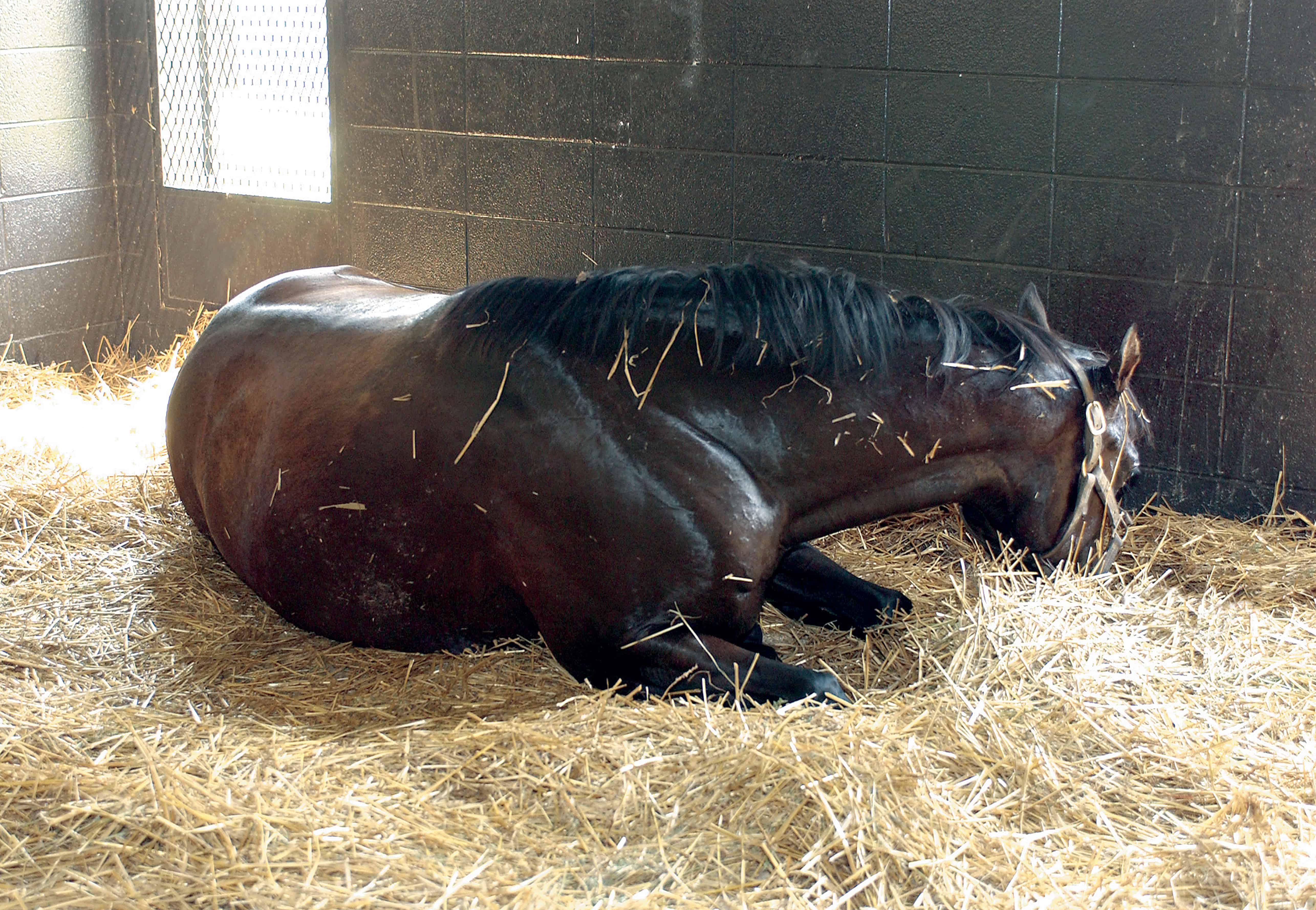The Ileocecal Junction’s Role in Equine Colic

Many equine veterinarians will agree that horse gastrointestinal tracts could be considered an evolutionary equivalent to a “face-palm” emoji. Ingested food must twist and turn upside down and backwards through multiple tubes of various sizes, shapes, and functions, much like a game of marble run. In this light, the intestinal tract’s convoluted nature leaves little room for speculation about why colic remains a predominant cause of both morbidity and mortality in horse.
Ileocecal Junction Anatomy
While either the small or large intestines are usually the focus of colic discussions, the junction of the small intestine and cecum at the start of the large intestine—the ileocecal junction—also deserves mention.
Partially broken-down food travels approximately 60 feet from the stomach to the far reaches of the small intestine called the ileum, a muscular tube that propels the ingesta in a forward (toward the rectum) direction. There, the bolus of ingesta advances through the ileocecal junction into the cecum. A key feature of the junction—which, in reality, serves as a valve or sphincter that projects slight into the cecum—is that once material enters the cecum it can’t re-enter the ileum
Create a free account with TheHorse.com to view this content.
TheHorse.com is home to thousands of free articles about horse health care. In order to access some of our exclusive free content, you must be signed into TheHorse.com.
Start your free account today!
Already have an account?
and continue reading.

Written by:
Stacey Oke, DVM, MSc
Related Articles
Stay on top of the most recent Horse Health news with















